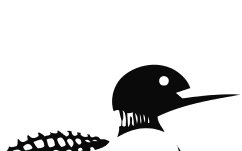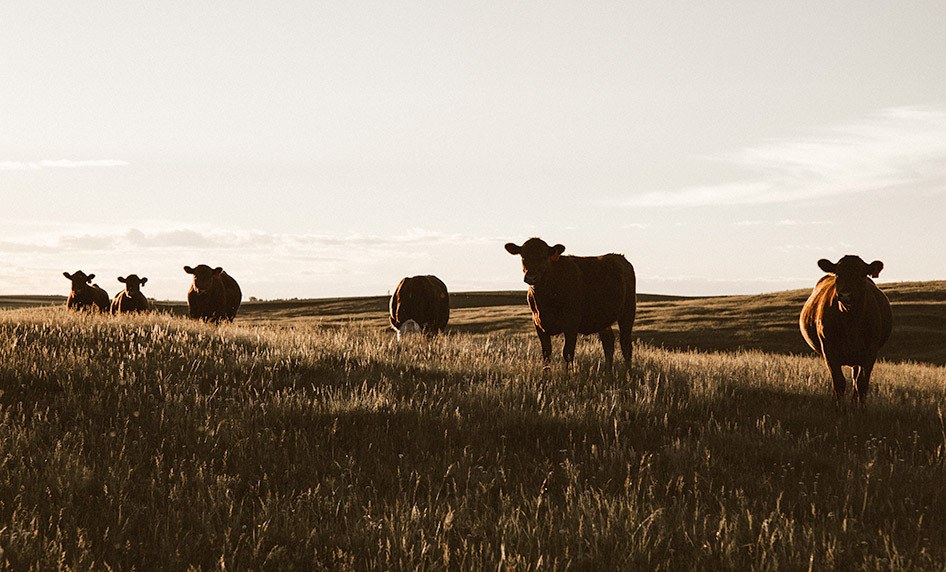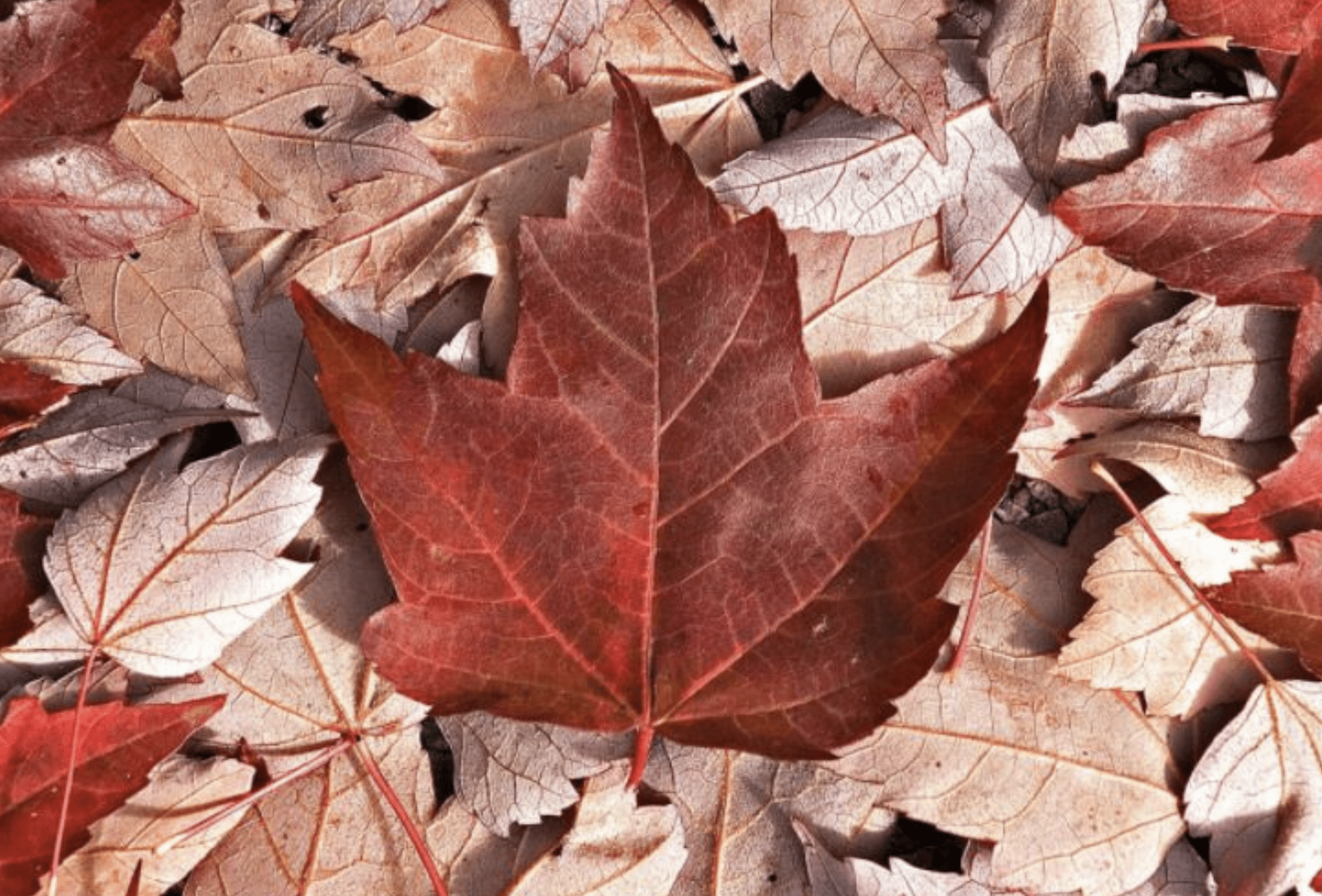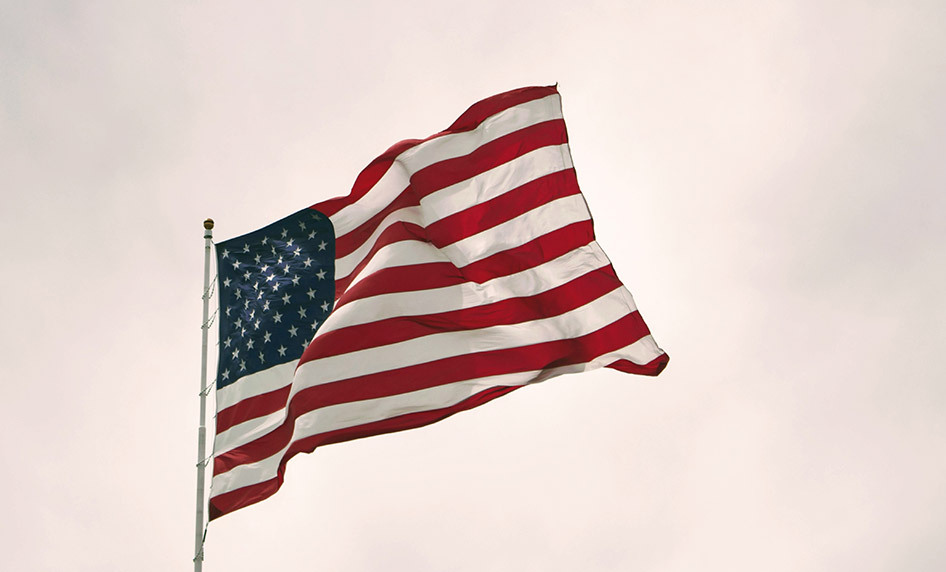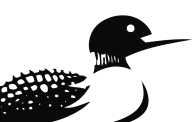
OTTAWA
— As Mark Carney sought to restart Canada’s relationship with India, a top official advised the prime minister in May that a reset should require a “public commitment from India” on accountability measures amid claims the country is behind a rash of criminal activity and murders.
Months later, despite Canada saying India has agreed to more collaboration, it appears that no such public commitment has been secured, as anxiety turns to anger across Sikh communities over fears of violence and repression.
“Where did that go?” said Balpreet Singh, spokesperson for the World Sikh Organization.
Rebuilding Canada’s ties to India was a major shift Carney made following the diplomatic freeze that Canada-India relations had experienced starting in 2023, when former prime minister Justin Trudeau announced Canada
had credible evidence that agents of the Indian government were behind the murder of Sikh leader and activist, Hardeep Singh Nijjar.
By fall 2024, Canada and India expelled dozens of each other’s diplomats, as Canadian officials cited RCMP evidence linking
Indian government agents to domestic crimes. Canada had at the time requested that India waive diplomatic immunity to allow police to investigate, which the Trudeau government said was not granted.
Under Carney, the relationship has begun to thaw significantly, as Canada looks for trade partners outside of the U.S., given the ongoing trade war.
Foreign Affairs Minister Anita Anand, the country’s first Hindu cabinet minister, made her first official trip this fall, telling a recent Canada 2020 event in Ottawa of the warm personal relationship she enjoyed with Modi.
“There was a lot of conversation when I was in the meeting with Modi, before we got to the technical things, about my parents and our life in India, and their life in India,” she told the Oct. 23 crowd.
“And in fact, Prime Minister Modi was very generous in offering that we could bring my father’s ashes, because we still have to do that, and he would help us spread the ashes in the Ganges (River).”
Carney’s first major step in resetting relations with India happened back in June when he formally invited India’s Prime Minister Narendra Modi to Canada as part of its set of G7 leaders’ summit, where he said India belonged, given its economic power and centrality to supply chains.
Internally, a briefing note prepared for the prime minister by his foreign and defence policy advisor in the Privy Council Office ahead of his first official call with Modi outlined how the invitation “sends a strong signal” of its willingness to re-engage with the country.
The document also suggested that Canada had specific expectations for what it wanted from India.
“Canada seeks accountability and requires good faith engagement to this end. This would include a public commitment from India on accountability efforts to be mutually agreed upon,” reads the heavily-redacted briefing note, released to National Post under federal access-to-information law.
The document also referenced what had then been the upcoming 40th anniversary of the Air India Flight 182 bombing, known as Canada’s deadliest terrorist attack, killing 329 passengers and 22 Indian nationals, with a commemoration planned in Ireland near the crash site.
“As this year marks the 40th anniversary, high-level attendance is expected on behalf of the Indian and Irish governments and your participation is recommended,” it read.
Carney did not attend, but Public Safety Minister Gary Anandasangaree did.
Singh, who works as legal counsel for the World Sikh Organization, questioned the status of that objective of securing a public commitment from India. He pointed to public comments by Indian officials, including from the country’s new envoy to Canada, who, in a recent CTV News interview, cast doubt on the allegations made against India, specifically in the Nijjar case.
“I’m dealing with a community that is under a wave of terror that no one really seems to care about or even know about,” Singh said.
Nijjar, a prominent activist who had advocated for an independent Sikh state to be created within India, had been considered a terrorist by India, which has denied any involvement in his death.
Police in Canada have charged four Indian nationals in Nijjar’s death.
The Canadian government has repeatedly tried to secure commitments from the Indian government that it will conduct an inquiry into its potential involvement in Nijjar’s killing.
Under Trudeau, those efforts repeatedly failed as India’s government dismissed Canada’s claims in private and in public as baseless and nonsense.
Despite the Carney government’s change of tone towards India, there is no public information suggesting the Modi government’s view has changed or that it has committed to an internal inquiry.
But when the U.S. government unveiled similar allegations of the Indian government’s involvement in a suspected plot to murder Sikh American activist Gurpatwant Singh Pannun on American soil, Modi committed to looking into the matter and reporting back to U.S. authorities.
That’s exactly what Canada has repeatedly sought from India.
Nathalie Drouin, who serves as Carney’s national security and intelligence advisor, a role she also held under Trudeau, outlined in testimony she delivered to the foreign interference inquiry in October 2024, what specific steps Canada wanted India to take.
“The first thing… for us is instead of denying the situation, take our law enforcement actions seriously and look at what happened in their own system. One thing that concretely they can do, they can scope us in their public inquiry they put in place for the Pannun case in the U.S.,” Drouin said at the time.
“So there’s many things they can do in terms of showing their accountability.”
Drouin, who travelled to India back in September to meet with her counterpart, afterwards told reporters that Indian law enforcement officials were indeed collaborating.
A spokeswoman in the Prime Minister’s Office pointed to that trip as an example of how Canada was continuing to seek accountability.
“
Accountability remains a priority for Canada,” wrote Laura Scaffidi.
“Importantly, Canada and India have agreed to continue a law enforcement dialogue and discussions between our countries are progressing,” she said in a statement, reiterating that India committed to sharing information related to ongoing investigations.
Scaffidi also said that India plays a key role at the G7 and its priorities around supply chains, infrastructure, and critical minerals.
Moninder Singh, a spokesman for Sikh Federation Canada and the British Columbia Gurdwaras Council, said what began as confusion within Sikh communities over Canada’s decision to re-engage with India has turned to anger.
While senior Canadian officials say India has shown a willingness to engage on public security matters,
Singh said without a public commitment from India, “it’s words that mean nothing.”
Besides Drouin, CSIS Director Daniel Rogers has been among other intelligence officials to travel to India over the past year, in an effort to secure their cooperation in the Nijjar investigation and slowly renew security ties.
In an interview, Rogers said his conversations with his Indian counterparts have been “candid and frank” as he fleshes out Canada’s expectations for the relationship.
He also revealed that there have been talks of collaboration between intelligence agencies, citing “common interests in countering certain forms of cyber attack”.
He declined to say if he was referring to cyber threats posed by China. B
ut he said that an Indian inquiry into Nijjar’s murder has not been part of his discussions.
“I talk about Canada’s interests and what we need to see to have a trusted relationship,” he said.
“And frankly, we also talk about where we may want to collaborate, which is probably something we need to talk about in the future,” he added. “There probably are things that a capable service in India can work jointly on with Canada.”
National Post
Our website is the place for the latest breaking news, exclusive scoops, longreads and provocative commentary. Please bookmark nationalpost.com and sign up for our politics newsletter, First Reading, here.
